The 30% Residential Solar Tax Credit Could End Soon — What Wisconsin Homeowners Need to Know
The Future of the 30% Solar Tax Credit is Uncertain — Here’s Why It Matters for Wisconsin Homeowners
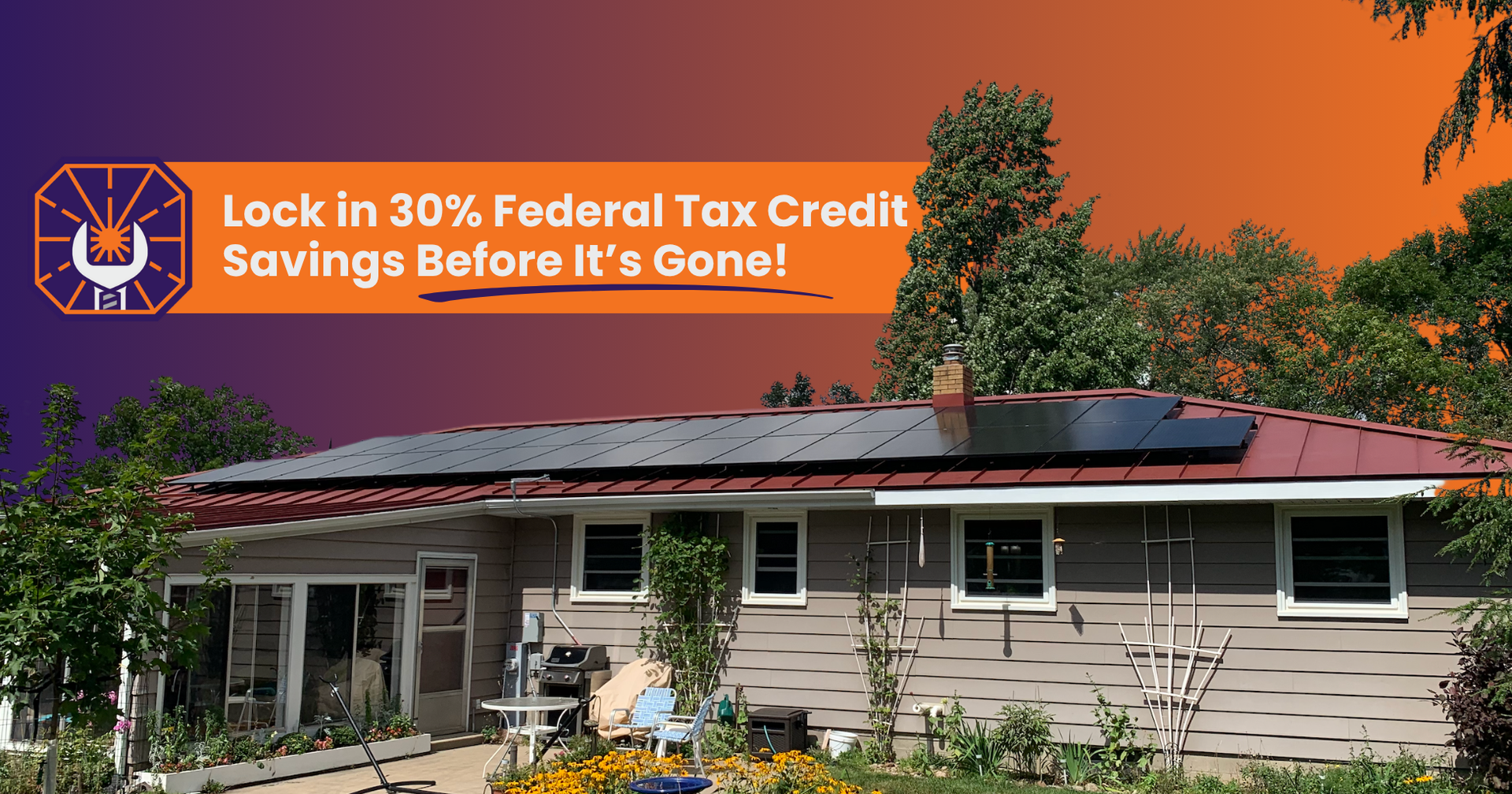
As Congress debates the next federal budget, one of the most important clean energy incentives in the country—the 30% Residential Solar Tax Credit—may be eliminated as early as January 1, 2026.
For homeowners in Central Wisconsin considering solar, this is a critical time to pay attention—and take action. Fill out our free estimate form
today to ensure your project receives the incentive while it lasts.
What is the Residential Solar Tax Credit?
This tax credit allows homeowners to deduct 30% of the total cost of a solar energy system (including battery storage) from their federal income tax liability. It:
- Covers residential solar installations and home energy storage
- Saves thousands of dollars upfront
- Makes solar more affordable and accessible across income levels
- Can be rolled over to future years if you don’t have enough income tax liability in the first year
Since its creation, the Residential Solar Tax Credit has driven massive growth in U.S. clean energy—helping families lower energy bills, reduce emissions, and increase home value.
What’s Happening Now?
As of May 2025, Congress is reviewing budget proposals that include cuts to clean energy tax credits. If these cuts go through, the 30% Residential Solar Tax Credit could expire after December 31, 2025—years ahead of schedule.
This change could also impact other incentives, including:
- Energy-efficient home upgrades
- Electric vehicle tax credits
- Heat pump installations
Who Will This Impact?
If you're thinking about going solar, this proposed rollback would directly affect you.
And for homeowners in Portage, Marathon, Waushara, Waupaca, Wood, and Lincoln Counties, 2025 could be your last chance to stack additional savings. Through the Grow Solar Central Wisconsin Group Buy program—where Northwind Solar is the selected installer—you may qualify for exclusive, limited-time discounts in addition to the federal tax credit.
Without the 30% Residential Tax Credit:
- Your upfront cost would increase by thousands
- Your solar payback period would be longer
- Your long-term savings would shrink
For many households, this could mean solar is no longer financially feasible. It would also slow Wisconsin’s progress toward energy independence and resilience.
We’re already seeing a surge in solar interest as people try to lock in their credit. If you want to be sure your project qualifies, now is the time to act.
Why This Isn’t Just About Solar — It’s About Our Energy Future
As Northwind Solar founder Josh Stolzenburg puts it, “The proposed cuts to clean energy tax credits are shortsighted and dangerous—not just for the climate, but for our country’s energy security and economic resilience.”
With electricity demand soaring due to EVs, electrification, and digital infrastructure, the U.S. needs more power—fast. Clean energy tax credits support solar, wind, and battery projects that are fast to build, cost-effective, and grid-friendly.
“Cutting these credits now undermines the very infrastructure we need to power our digital and electric future. It’s not just bad climate policy—it’s bad energy policy.” — Josh Stolzenburg
Take Action: Get in the Solar Queue Now
If you want to lock in the 30% solar tax credit, your system needs to be installed and operational by the end of 2025.
That means starting your project this summer.
Fill out our free estimate form today
— it only takes a minute, and we’ll provide a personalized quote based on your home and energy goals.
Our team will design a custom solar system based on your actual usage and help you navigate all available incentives.
Let your friends, family, and neighbors know what’s at stake. The more informed we are, the stronger we’ll be in building a resilient, affordable, and clean energy future.
Together, we’re powering forward.
Northwind Solar
_________________________________________
UPDATE (June 17, 2025): Tax Credit Elimination Bill Advances
In May 2025, the U.S. House of Representatives passed the "One Big Beautiful Bill Act," which includes a provision to eliminate the 30% Residential Clean Energy Tax Credit after December 31, 2025—seven years earlier than planned.
The Senate is now reviewing the bill, and a final vote is expected before the July 4th recess. If passed, the federal solar tax credit will end on January 1, 2026, making 2025 the last year homeowners can take advantage of this powerful incentive.
What This Means for You:
- To lock in the 30% credit, your solar system must be fully installed and operational by December 31, 2025
- Project demand is surging—installers are already booking out into fall
- Act now to get on the schedule before capacity fills up
We’re keeping a close eye on Senate developments and will continue to provide updates. In the meantime, we encourage all interested homeowners to request an estimate and reserve your place in the solar queue.
____________________________________________
WPR (June 20, 2025): Time is running out for Wisconsin homeowners to make use of home energy tax credits

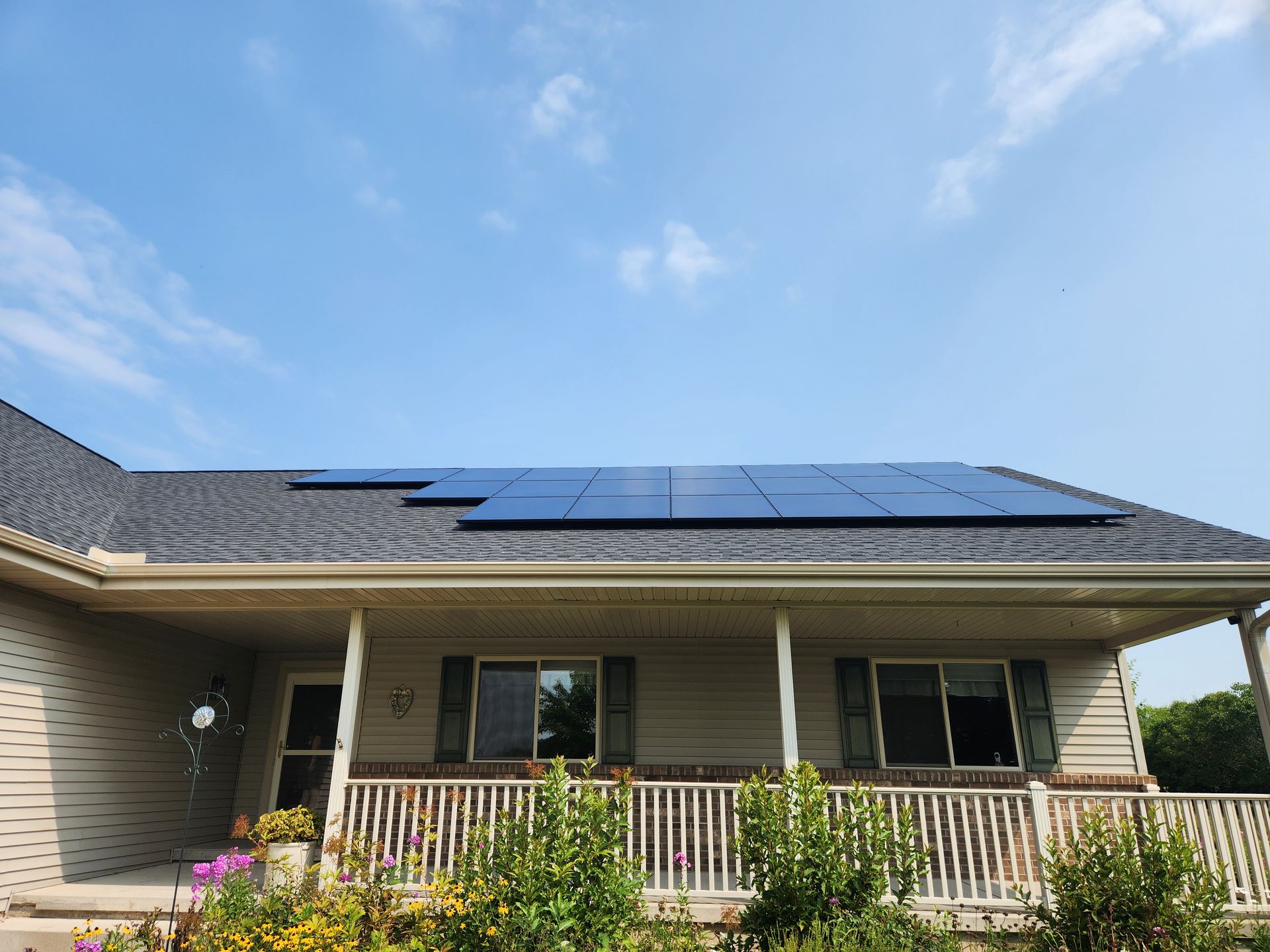
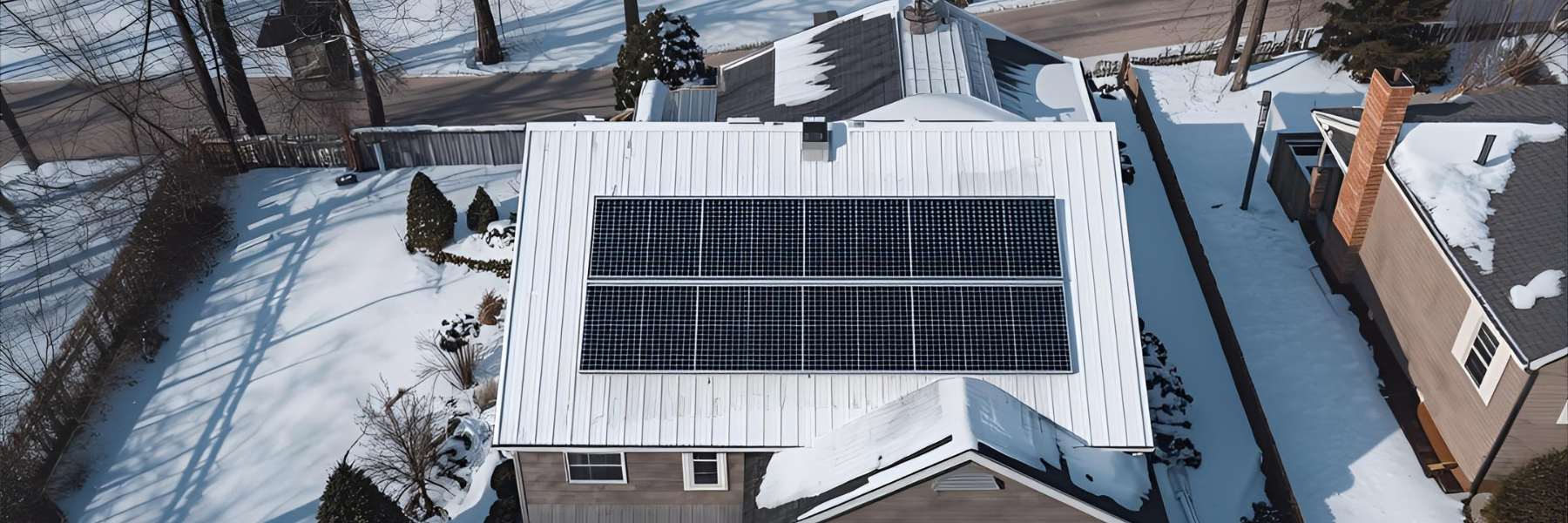

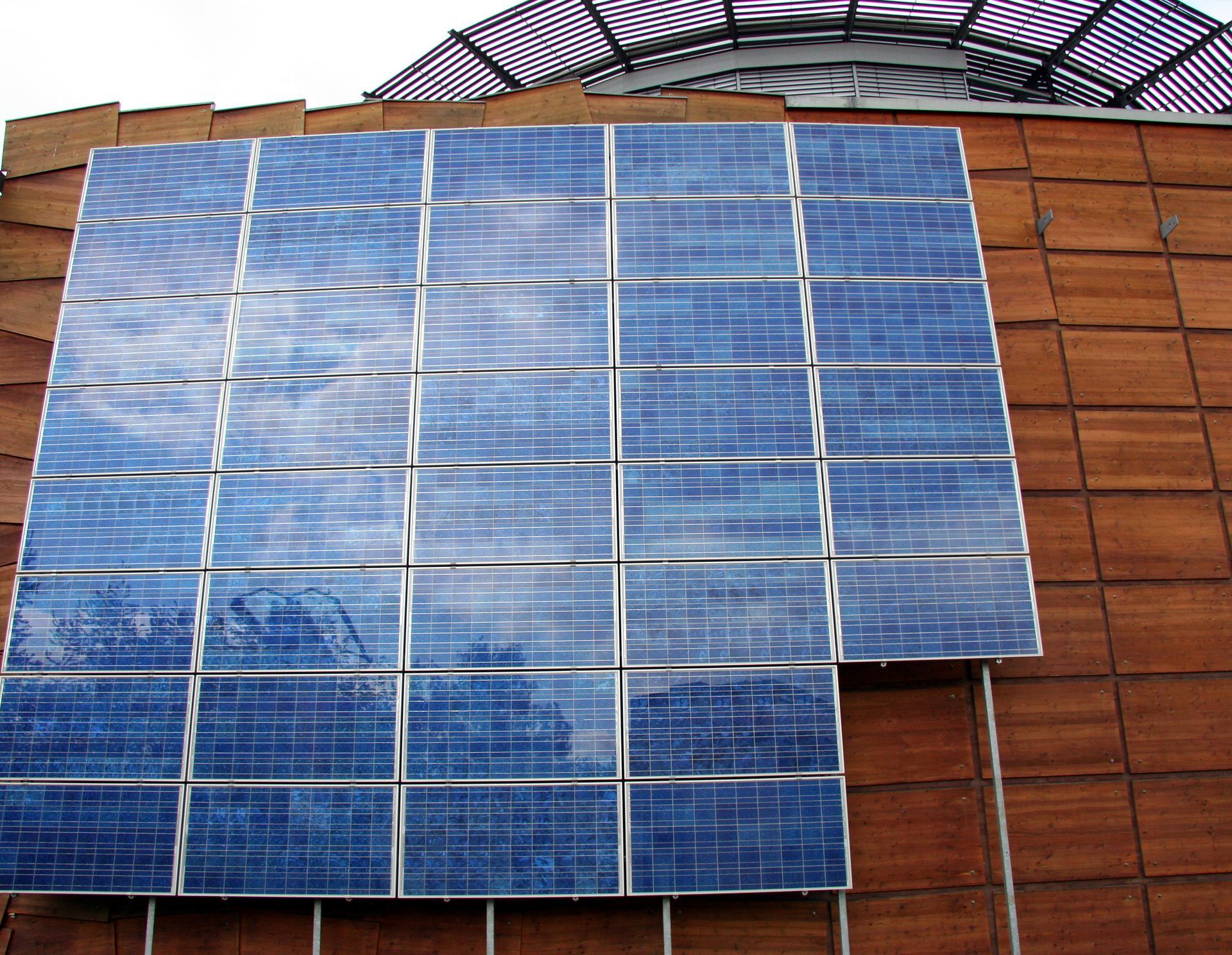
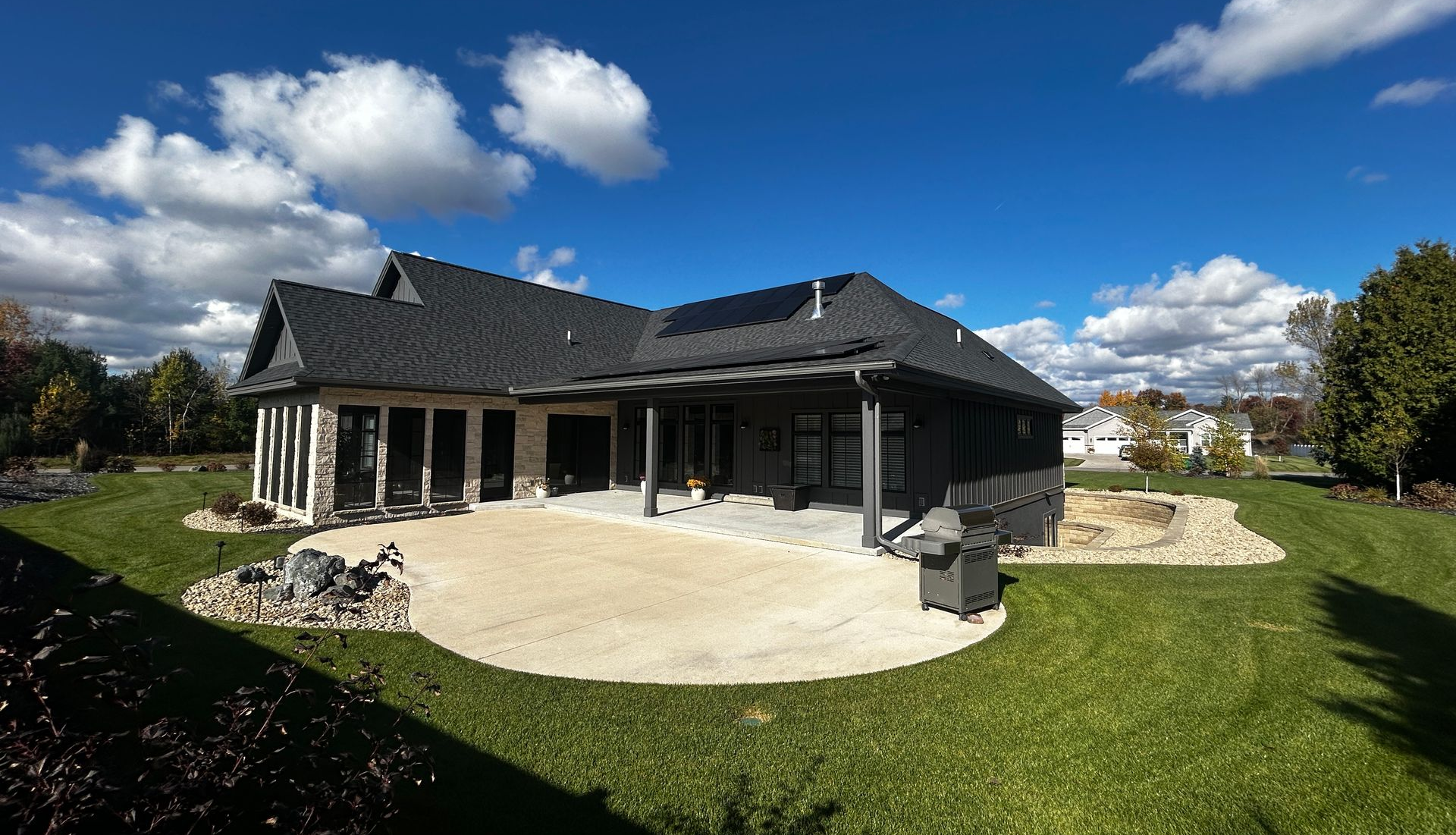
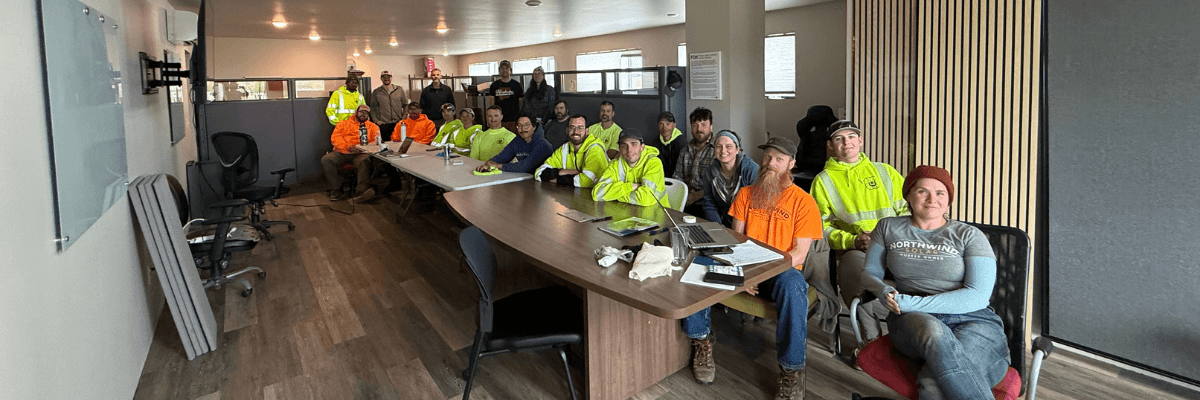
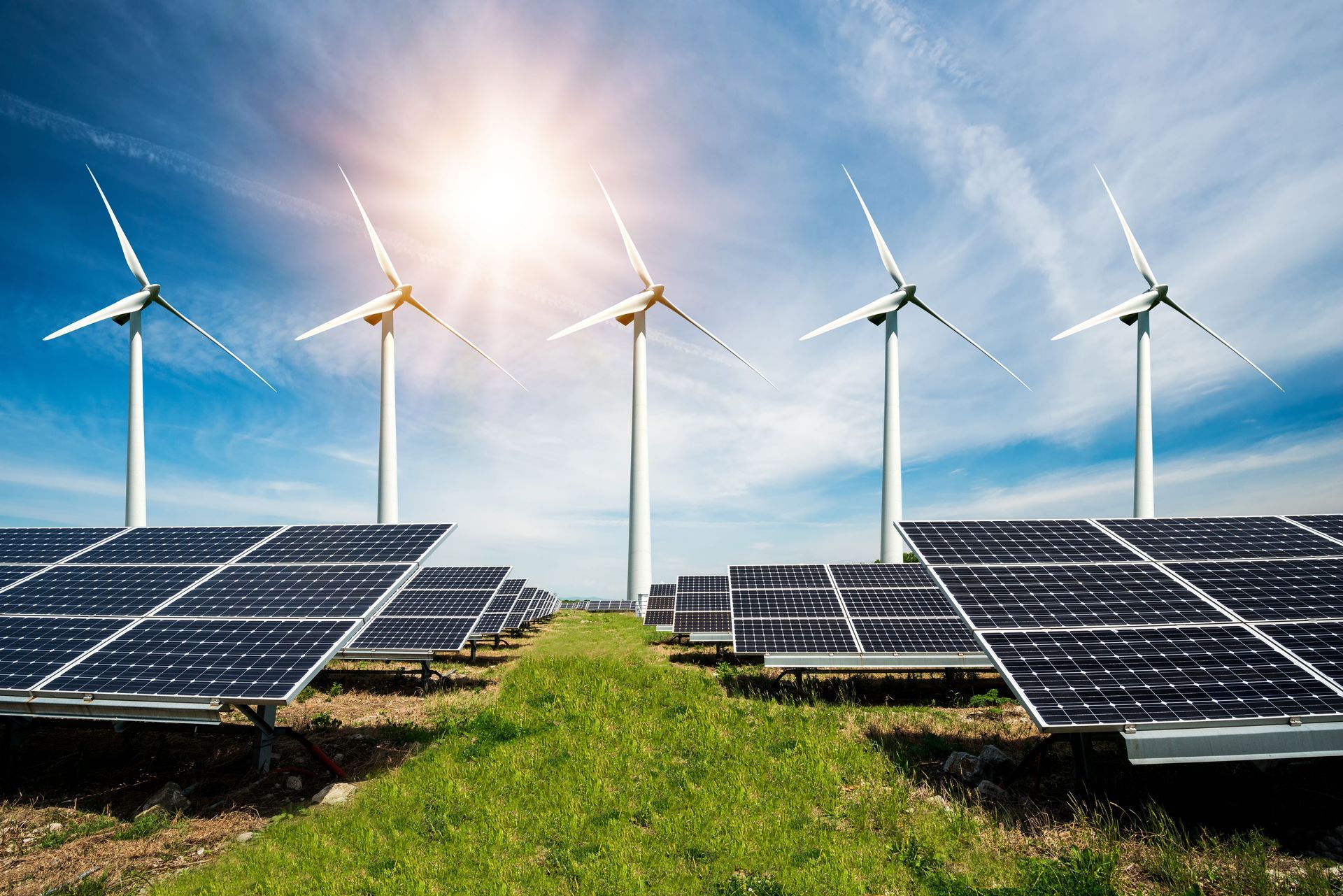


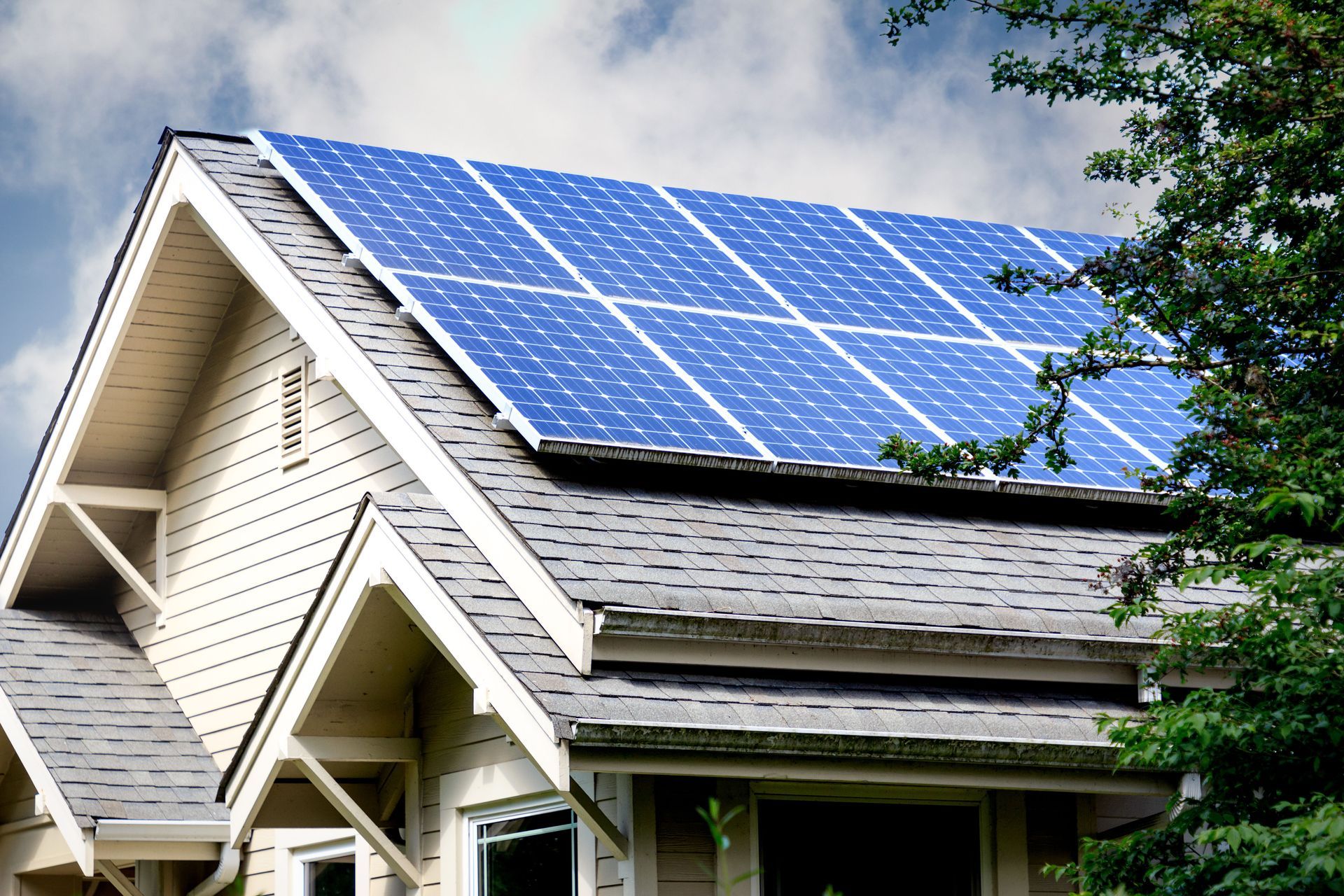
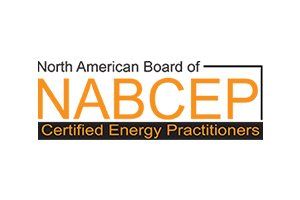
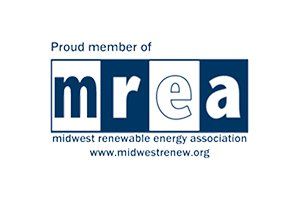
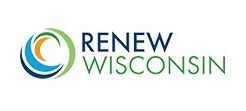
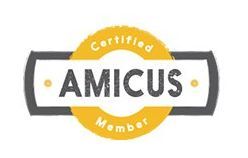
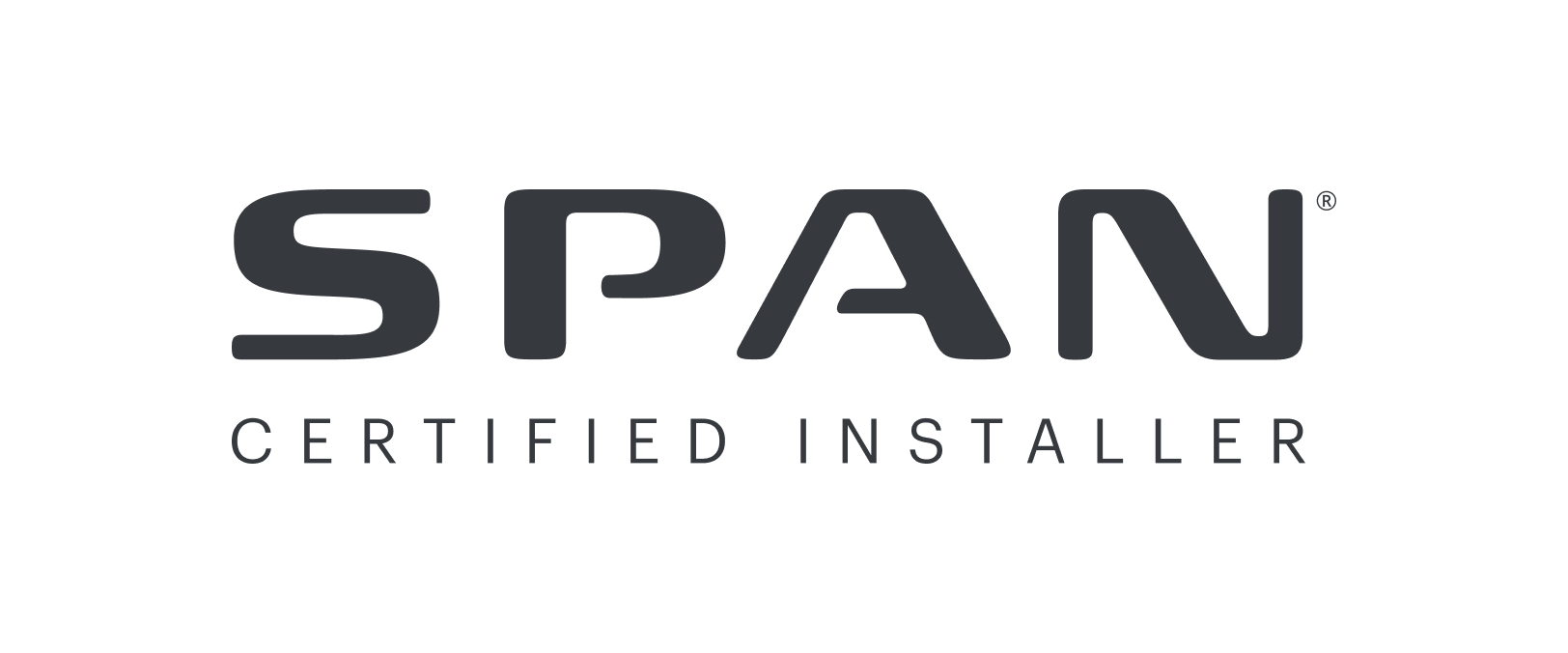

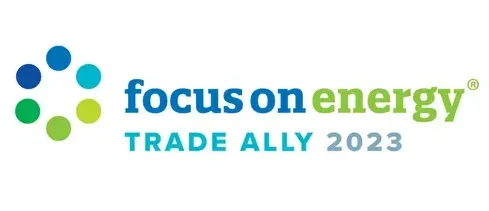

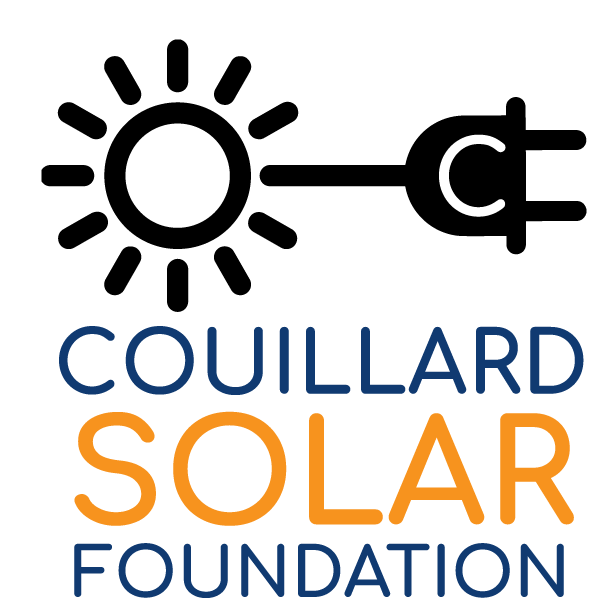



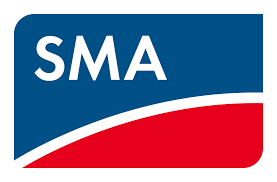
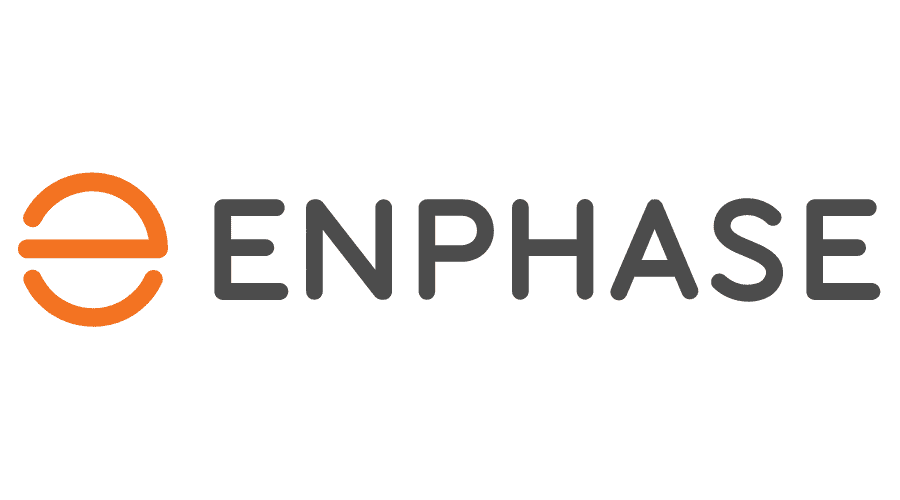
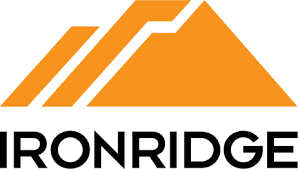




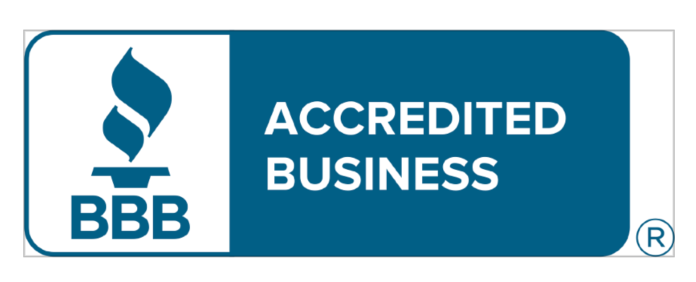
Share On: